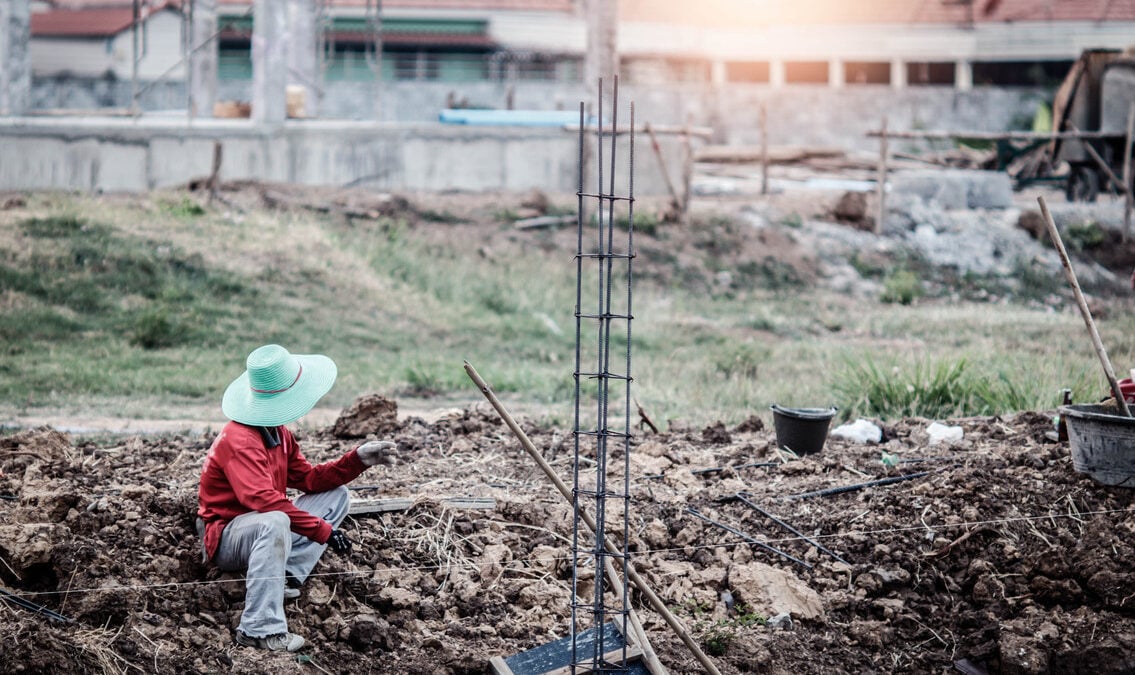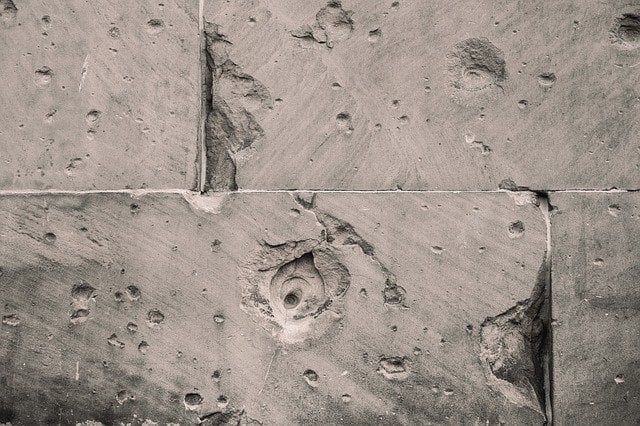
Cement Recycling: Can You Recycle Cement? 🚧
Cement Recycling 🚧: Ever wondered where the concrete debris ends up after destroying buildings and establishments? If you are, read our blog here to learn more!
>Download Now: Free PDF Business Owners Guide To Commingled Recycling Bin Services
A bit about Waster
Before we discuss the topic of cement recycling, let me share with you more information about Waster.
We here at Waster provide you with innovative solutions for your and your business’s waste management and recycling needs. Furthermore, we provide flexible, 30-day contracts instead of the typical lock-in contracts, which proves to be better.
Click on the blue button to learn more.
All about cement recycling
Ah, here comes the renovation of the old building that is the talk of the town. In the construction site, you can faintly smell the gasses and fumes from far away. You decide to go for a walk, resulting in you passing the construction site. There, you can see puddles of water (which smells bad, too). Then, after a few months, it is finally done. And in the process, concrete rubbish can be seen discarded on the site. What do they do with it?
Answer: they recycle it! But this is not the case in the past. During the early times, concrete waste left from construction sites were put in trucks and dumped into landfills. We all know this is bad, because of the diminishing space available in landfills. Additionally, we also have to factor in the waste that goes there. It ruins the environment greatly if we continued doing that practice.
But in today’s age, recycling rates for concrete – or cement – has steadily increased. That is because people found it more viable to do – and rightfully so. Not only does it benefit the environment, but it also benefits construction companies because they are provided with a substitute for virgin materials.

Further explanation for its importance
If you practise cement recycling, you gain many benefits. First of all, it helps reduce the construction waste produced. Additionally, you also make sure it does not go into a landfill, as well as saving money for it. How exactly does it save money? Well, you have to use trucks – or the equivalent vehicle – to move the rubbish, right? That will cost you big in transporting them to landfills far away. Conversely, according to the balance, facilities that cater to cement recycling are always near demolition and construction sites.
You also have to factor in the saving of natural resources. Cement recycling helps in conserving natural resources like water, gases, oil, and coal. We all know that we have limited resources nowadays, so recycling cement helps tremendously.
Another thing: it creates more job opportunities. Nowadays, we have limited job opportunities. So it helps if this practice can give people jobs.
How is cement recycling done?
First, the employees at the recycling facility crush the cement or concrete collected at demolition and construction sites using industrial crushing equipment. But the concrete can also be crushed at the actual site using portable crushers. Not only does it reduce construction costs, but it also helps reduce pollution, as well. After the crushing process, the workers then usually run it through a second compactor and screen it to remove the unnecessary elements and separate the large and small aggregate.
Additionally, there are also extra processes that are done before recycling the cement. They remove specific particles that may contaminate the recyclable material using pieces of equipment such as magnets, separators, and the like.
According to Wikipedia, recycling cement/concrete saves up to 1,360 gallons of water and 900 kg of carbon dioxide.
By the way, speaking of carbon dioxide, have you heard of Waster’s charitable partnership with Greenfleet? We decided to help in reducing carbon emissions by teaming up with them!
Where can you use recycled cement?
As I have mentioned in the above section, recycled cement is a good substitute for concrete made with raw materials. Its qualities can be compared with that of cement made from virgin materials. Additionally, it is also possible to pair used concrete with new concrete to make up new concrete, again. How does this happen? Well, it happens when you reuse used concrete as an aggregate.
Are there any disadvantages to recycling cement?
“Not everything is good,” as they say. As all kinds of advantages entice us to use recycled cement, there also lies disadvantages. In saying this, experts tell us not to recycle already-painted concrete. The Army Corps of Engineers’ CERL and others conducted research to see if paint – with lead content – in destroyed concrete can actually pose a hazard.
And that it does. But they concluded that it is okay to use, provided you engulf it with some type of soil cover.
Additional information
For us to have a responsible, sustainable and pollution-free way of building and demolishing, we have to:
- Minimise waste – obviously enough, the less waste you produce, the more chance it makes buildings sustainable. It is important to realise that construction products should be selected based on their manufacturing with minimal packaging.
- Efficient Waste Segregation – Separate and store waste properly to ensure effective waste costs management. Implement things like training employees in basic segregation and or getting a team to exclusively monitor your waste (like Waster).
- Reuse materials – you do not need to dispose of all the materials! You can take advantage of and use some discarded materials on the construction site. Additionally, this includes materials such as steel, concrete, aluminium, paper, cardboard, and many others you can find at the site!
- Waste Elimination – make a conscious effort to eliminate waste altogether. Use durable modular metal instead of lumber and plywood to avoid wood waste.
What about the cement bags?
You can also recycle cement bags! Examples include tote bags, backpacks, purses, and others, you can view many options from recycled bags here. Remember, you have to recycle everything recyclable (which includes the cement bag)! You can turn them into recycled cement bags!
Cement recycling: conclusion
If you typed in the terms “cement recycling near me” in search engines like Google, know that many industrial recyclers can accommodate your waste and provide you with a concrete waste collection. You just have to make sure to contact your local council for more enquiries.
Remember: you can recycle cement. It goes through all kinds of equipment and processes before turning into recycled cement. And you can use that recycled cement to incorporate it into new cement.
Waster: things you need to know
If you’re looking for recycling bins, check our waste recycling shop and find the best deals in terms of pricing and services.
Also, please call 1300 WASTER (1300 927 837), or email us at enquiries@waster.com.au if you have any further questions.
Leave a Reply Cancel reply


